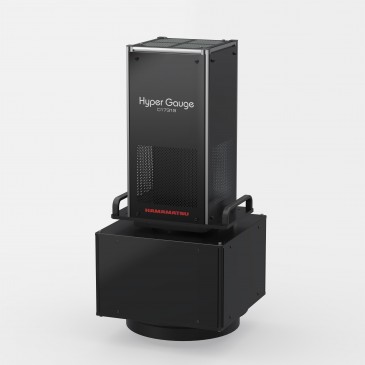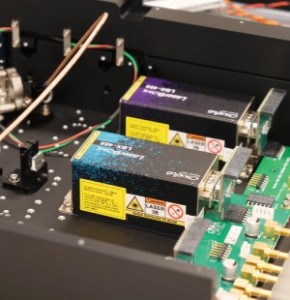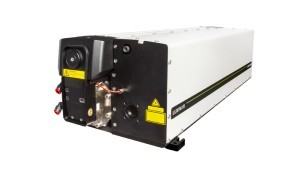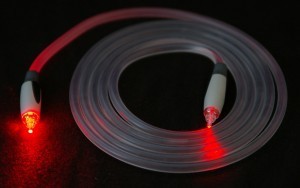
The Global Fiber Optics Market Size is to grow from USD 8.24 billion in 2022 to USD 16.96 billion by 2032, at a Compound Annual Growth Rate (CAGR) of 8.35% during the projected period. The rising adoption of fiber optics cable and sensors for various applications in several industries such as utility, military & aerospace, oil & gas, BFSI, railway, telecom, medical, industrial, and others are expected to boost the demand for the fiber optics market during the forecast period.
Fiber optics, often known as optical fiber, is a data transmission technology that employs light pulses to transmit information through a glass or plastic fiber. The primary benefits of using fiber optic networks include high bandwidth, low attenuation, minimum cross-talk, strong security, and high reliability across long distances. Rising internet penetration and data traffic, an increase in the number of data centers globally, and an increase in demand for higher bandwidth are significant factors driving the fiber optics industry. Aside from the growing use of fiber optics for telecommunications applications over the last decade, developing fiber-optic technology breakthroughs have resulted in high-quality, low-cost optical fibers that can also be used for chemical sensing. With the growing popularity of IoT and cloud computing, there is a higher demand for increased bandwidth and improved connectivity in commercial workspaces and office buildings. The broad adoption of 5G in both developed and developing countries will put pressure on market fiber optics providers. The deployment of optical fibers is critical for the development of 5G infrastructure.
Browse key industry insights spread across 210 pages with 123 market data tables and figures & charts from the report on "Global Fiber Optics Market Size, Share, and COVID-19 Impact Analysis, By Type (Single mode, Multi-mode) By Fiber Type (Glass, Plastic), By Application (Utility, Military & Aerospace, Oil & Gas, BFSI, Railway, Telecom, Medical, Industrial, Others), and By Region (North America, Europe, Asia-Pacific, Latin America, Middle East, and Africa), Analysis and Forecast 2022 – 2032” Get Detailed Report Description Here:
The multi-mode segment is dominating the market with the largest revenue share over the forecast period.
On the basis of type, the global fiber optics market is segmented into single-mode and multi-mode. Among these, the multi-mode segment is dominating the market with the largest revenue share of 48.73% over the forecast period. The growth of this market can be attributed to various advantages of fiber optics, such as their low cost and wide application in light exposure and surgical lighting in the healthcare industry. Furthermore, multi-mode fiber optics are used in medical equipment and testing, surgical environments, telemedicine, and medical imaging applications to improve quality, performance, and precision.
The glass segment is witnessing significant CAGR growth over the forecast period.
On the basis of fiber type, the global fiber optics market is segmented into glass and plastic. Among these, the glass segment is witnessing significant CAGR growth over the forecast period. The exceptional effectiveness of glass fiber optics in scenarios involving extreme temperatures and acidic substances, as well as their ability to transmit both ultraviolet (UV) and infrared light, is one of the primary drivers of this market's rise.
The telecom segment accounted the largest revenue share of more than 43.7% over the forecast period.
On the basis of application, the global fiber optics market is segmented into utility, military & aerospace, oil & gas, BFSI, railway, telecom, medical, industrial, and others. Among these, the telecom segment is dominating the market with the largest revenue share of 43.7% over the forecast period. The potential for expansion of fiber optics technology in the telecom business is hopeful, owing mostly to modern technology's increasing popularity in data transport and communication solutions. Furthermore, optical communications allow for the construction of far longer-distance telecommunications networks with substantially lower levels of transmitting medium losses.
North America dominates the market with the largest market share over the forecast period.
North America is dominating the market with more than 38.27% market share over the forecast period, owing to response to the greater demand for rapid connectivity internet and data transfer. The increasing use of fiber optics in a range of end-user industries, such as healthcare, defense, and others, is also propelling the region's economy forward. Furthermore, the growing need in North America for connected wearable devices, smartphones, and tablets has significantly increased consumer interest in fiber optic networks, driving demand for the fiber optic industry.
Asia Pacific, on the contrary, is expected to grow the fastest during the forecast period. The increased adoption of the IT & telecommunications industry manufacturing facilities sector throughout the Asia Pacific region is expanding the market's dominance in the area.
Competitive Analysis:
The report offers the appropriate analysis of the key organizations/companies involved within the global market along with a comparative evaluation primarily based on their product offering, business overviews, geographic presence, enterprise strategies, segment market share, and SWOT analysis. The report also provides an elaborative analysis focusing on the current news and developments of the companies, which includes product development, innovations, joint ventures, partnerships, mergers & acquisitions, strategic alliances, and others. This allows for the evaluation of the overall competition within the market. Major vendors in the Global Fiber Optics Market include Corning Incorporated, Optical Cable Corporation, Molex, LLC, Prysmian Group, Hengtong Group Co., Ltd., Fujikura Ltd., LEONI, Adtell Integration, Adtran, Inc., Cisco Systems, Inc., Sterlite Technologies Ltd., LS Cable & System Ltd., Sumitomo Electric Industries, Ltd., TongDing, Group Co., Ltd., Optiwave Systems, Inc., OFS Fitel, LLC, Finolex Cables Ltd., and among others.






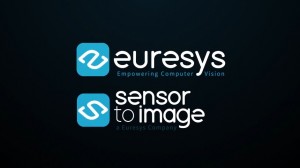





























 Back to News
Back to News